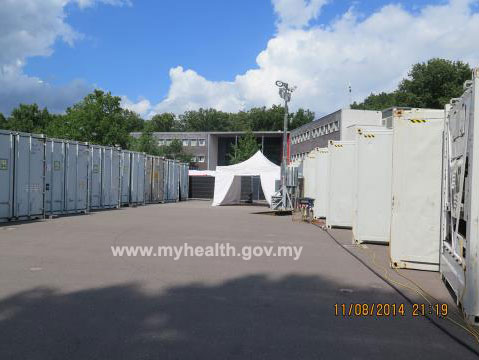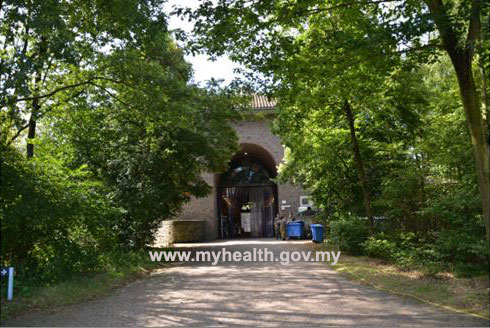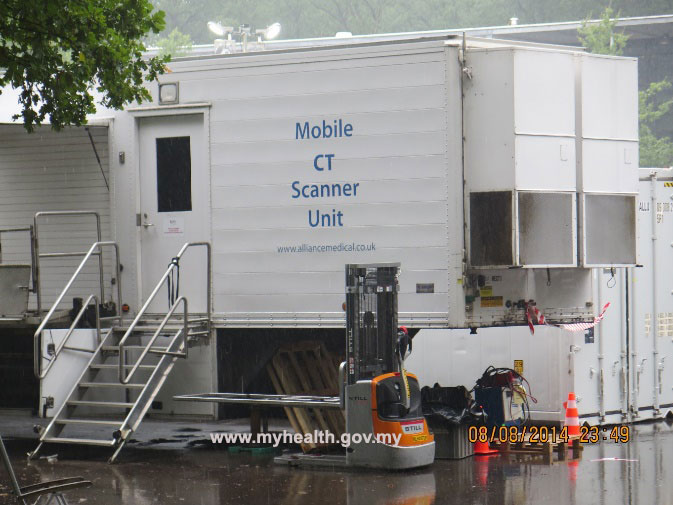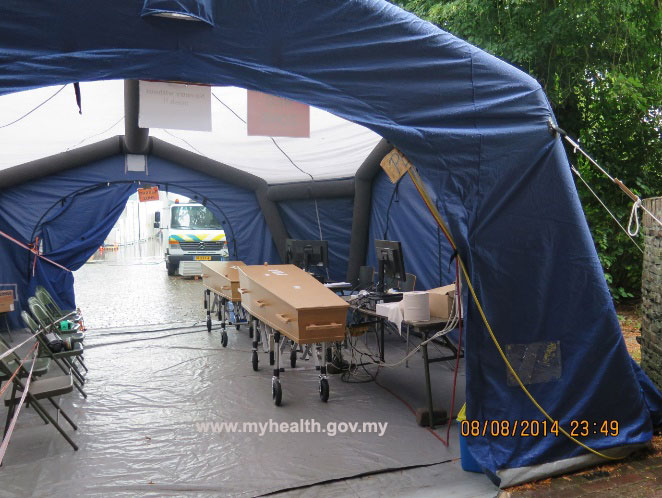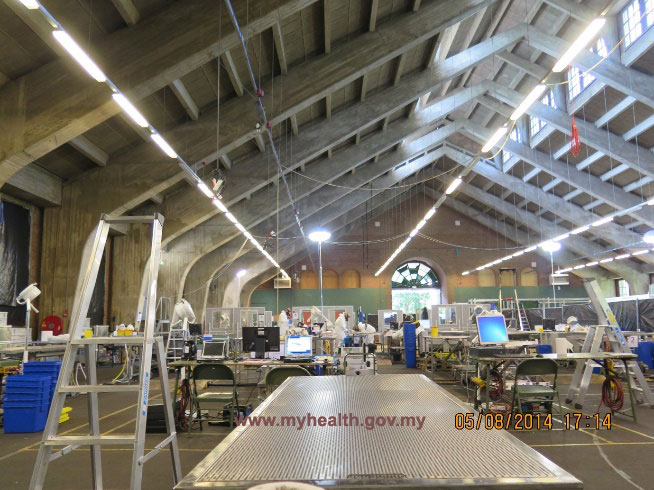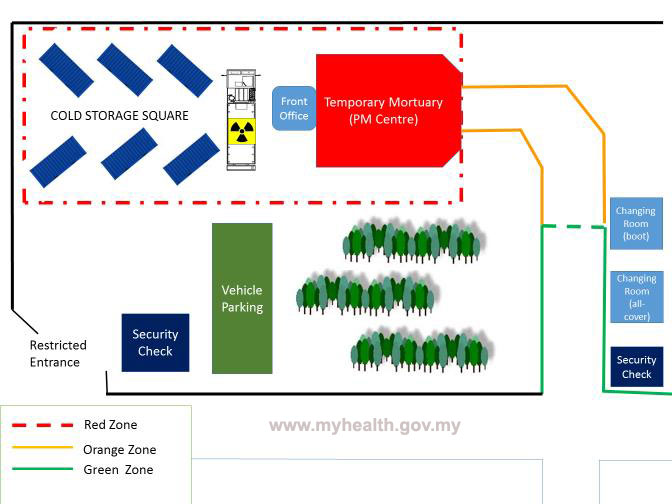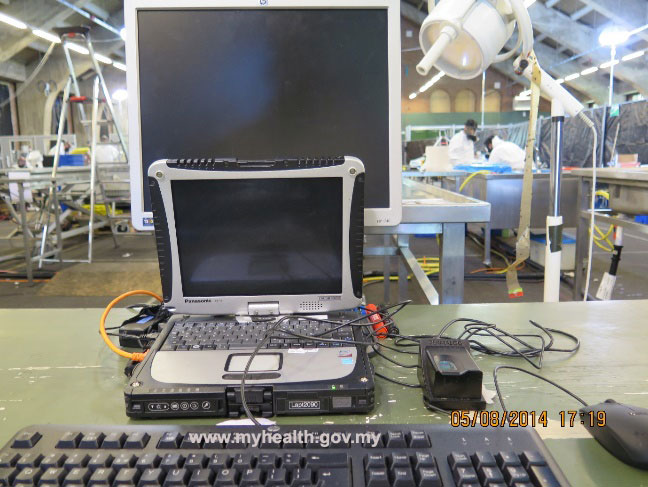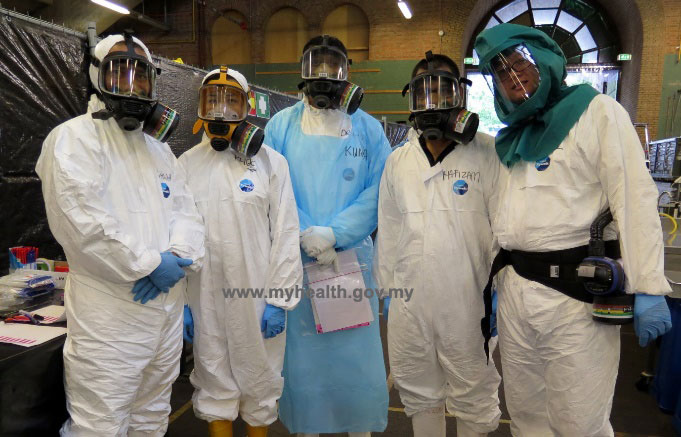A disaster, whether natural or man-made, can lead to immense physical damage, loss of life, and profound environmental changes. Disasters, such as earthquakes, floods, accidents, fires, and explosions, have far-reaching consequences, impacting communities, property, and people’s way of life. Developing countries often bear the brunt of such calamities.
One such tragedy was the MH17 disaster, which involved a Malaysian Airlines (MAS) flight departing from Schiphol International Airport in Amsterdam on July 17, 2014. The flight, carrying 283 passengers and 15 flight crew members en route to Kuala Lumpur, tragically met its fate when it was shot down by a guided missile and crashed in Grabovo Donetsk, east of Ukraine, near the Ukraine-Russia border.
In response to this heart-wrenching event, the Prime Minister instructed the National Security Council (Majlis Keselamatan Negara (MKN)) to coordinate the delivery of Malaysia’s Special Search and Rescue Team (SMART) and the Disaster Victim Identification (DVI) team. Given the conflict-ridden crash site, security forces were also involved. The Malaysia DVI team, led by Consultant Forensic Pathologist, Dr. Mohd Shah bin Mahmood, played a critical role, with support from the Odontology team, headed by Brig. Gen. Dato’ Dr. Mohd. Ilham bin Haron, acting as an advisor.
The DVI operations were conducted at Korporaal van Oudheusden Kazerne (KvOK), a military camp situated about 35 km from Amsterdam. This location was chosen for its ability to provide security and confidentiality to the DVI personnel, victim database, and classified information. The DVI personnel were stationed at a nearby military barracks, ensuring quick access to the operational facilities. A multipurpose hall served as a temporary mortuary, while the parade square nearby acted as a temporary storage area for cold containers housing the bodies in coffins. For enhanced security, the operation area was divided into zones of green, orange, and red, signifying different levels of safety and security.
|
Figure 1: Parade Square was used as temporary storage for the corpses
|
Figure 2: Multipurpose Hall used as a temporary mortuary
|
To carry out the operations for MH17, the internationally recognized INTERPOL DVI protocol was followed diligently. The team utilized the PLASSDATA® DVI software, specifically designed for INTERPOL, which enabled efficient comparison of data between antemortem (AM) and postmortem (PM) records, expediting the matching and identity verification process.
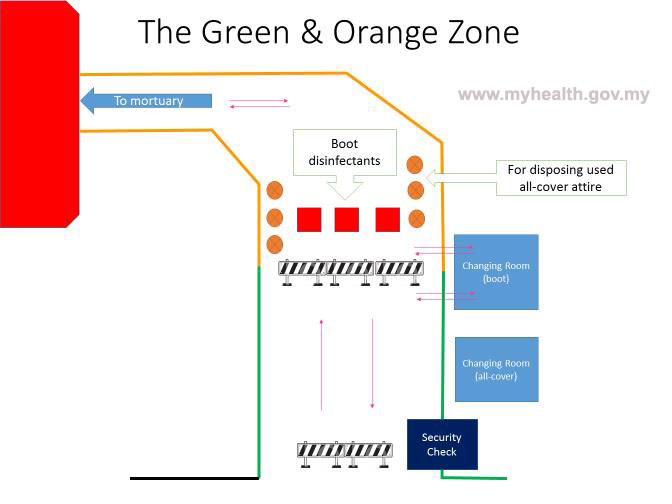
Figure 3: Zones surrounding the DVI Operation
At the heart of data management was the Database Software PLASSDATA® center, established in Building 11 at KvOK, Hilversum. This center housed the main server, the AM and PM data entry sections, and the reconciliation section. Each team was equipped with ten computer workstations, allowing them to efficiently carry out their tasks while securely collecting all data in the Data Center.
AM Section in Hilversum
The AM section, led by an experienced Team Leader, managed the AM data sent by respective teams from involved countries. Representatives from each country formed the AM section, meticulously incorporating all available data into the PLASSDATA® software. Daily updates from the Team Leader were communicated to the captain at 0800 and 1830 hours.PM Data Entry Section in Hilversum
The PM section, under the guidance of a competent Team Leader, consisted of officers responsible for managing victim’s bodies, radiology, forensic pathology, odontology, fingerprints, and quality control. The PM data were carefully entered into the PLASSDATA® software, with Malaysia’s DVI team providing essential support through two dedicated officers for data entry procedures.Reconciliation Section in Hilversum
The Reconciliation Section, led by a skilled Team Leader, comprised experts in fingerprints, forensic odontology, forensic pathology/anthropology, and DNA. This team played a crucial role in providing the Positive Identity Verification Report to the Identification Board. Among the 227 received coffins, 156 contained complete bodies, while 641 coffins contained identified body parts, resulting in a total of 797 PM records in the PLASSDATA® software.
At the temporary mortuary, three essential sections managed the bodies before forensic post-mortems:
CBRNE Screening
Immediately after the coffins were removed from the chilled containers, the Rapid Forensic team conducted CBRNE screening to detect harmful chemical, biological, radiological, nuclear, and explosive substances.Postmortem Computed Tomography Section (PMCT)
Led by a skilled Radiologist, this section utilized a mobile CT scanner provided by the DVI UK team to scan body bags in the coffins. The scans were vital for detecting metal fragments, crucial for criminal investigation purposes, and determining the number of victims in each body bag.Front Office
Responsible for managing and monitoring the entire post-mortem process, the Front Office issued unique barcodes and sequential numbers for each coffin. They oversaw the movement logistics of coffins from chilled containers to the temporary mortuary and later back to their place of origin after inspection. Complete PM forms were sent to the PM Section in the Data Center, while incomplete forms were returned to the PM station at the temporary mortuary.
|
Figure 4: Portable PMCT scanner
|
Figure 5: At the entrance of the Front Office in the temporary mortuary
|
The DVI operations commenced at the temporary mortuary, where each body or body part underwent a carefully structured process at five fixed stations: fingerprints, personal items, DNA, odontology, and quality control. The meticulous steps included ensuring the Quick Scan record forms matched the period examined, taking digital photographic images, and entering each record into PLASSDATA® at the respective stations.
|
Figure 6: Temporary mortuary view in DVI area
|
Figure 7: DVI Operation area layout
|
The DNA station, controlled by experienced Forensic Pathology Specialists and Anthropology Experts, received assistance from DNA Chemists from Malaysia and Indonesia, Medical Officers, and Forensic Science Officers from Malaysia’s DVI teams. Their tasks included examining the body and documenting all injuries, followed by the collection of appropriate DNA samples, such as bone and bone marrow.
The Identification Board, led by the Commander DVI and prosecutors from the Ministry of Justice of the Netherlands, was comprised of experts in forensic fields. This crucial board confirmed positive identities before releasing the bodies to the respective embassies for handover to heirs or next-of-kin. The Dutch authorities drafted the protocols for the release of bodies, and all documents related to the victims were identified and approved by the Identification Board before being handed over to the respective embassies.
|
Figure 8: Fingerprint scanner technology at the fingerprint section
|
Figure 9: PPE dressing (Personal Protective Equipment) at the DNA station
|
The MH17 mission presented an exceptional and invaluable experience for all the agencies involved, particularly the Forensic teams. The expertise and dedication of Malaysia’s DVI team were highly regarded by the International DVI team, resulting in the successful identification and return of all 43 victims to their families.
MH17 was a tragedy that deeply impacted Malaysia and the world, and the grief experienced by the victims’ immediate family members was shared globally. The DVI operation for MH17 exemplified international cooperation and adherence to rigorous standards. All participating countries demonstrated dedication, professionalism, and camaraderie in executing this complex and emotionally demanding operation successfully and enthusiastically.
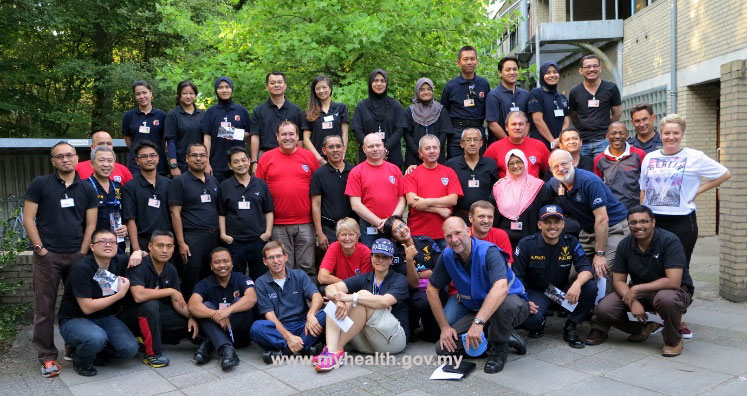
Figure 10: DVI Malaysia team together with the International DVI Team
References
- Brief Note on the Roles of the National Security Council, Prime Minister’s Department as National Disaster Management Organisation (NDMO). 3rd APA CAUCUS Report.
- Disaster Victim Identification DVI Guide. INTERPOL. 2014
- National Security Council, Department of Prime Minister, Malaysia. Directive 20 (Reviewed version). 1997.
| Last Reviewed | : | February 2024 |
| Writer | : | Khoo Lay See |
| Reviewer | : | Nurazira binti Azizan |


